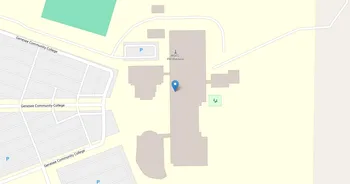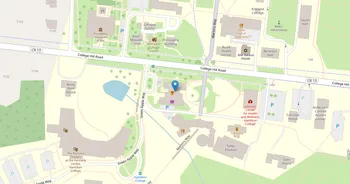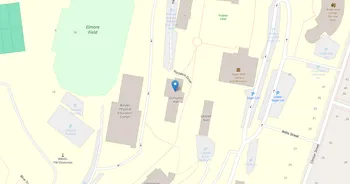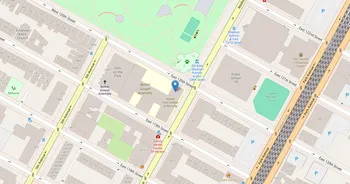Gemological Institute of America (GIA), New York : Overview, Courses, Scholarships & Rankings
About Gemological Institute of America
Set in the heart of Manhattan's Diamond District, GIA New York places students inside the industry they're studying. The campus is known for hands-on training in gem identification, quality evaluation, and jewelry design and craftsmanship, with instructors who bring real trade experience into the lab. Facilities include professional-grade microscopes and tools, bright design spaces, and a resource center, plus advising and career guidance to help students shape goals and portfolios.
Student life feels focused and tight-knit, with guest talks, skill-building workshops, and plenty of informal collaboration. And when classes wrap, the neighborhood doubles as a living classroom, from workshops and vendors to nearby theaters, museums, and parks. The culture prizes precision, ethics, and craft, and has a reputation for strong industry connections that often open doors. It is a serious place to learn, but it still crackles with New York energy.
Key Institutional Details
Contact & Profile
Academic & Institutional
Academic Programs & Fields of Study
Gemological Institute of America (GIA), New York offers 1 degree programs across 1 major academic fields, graduating approximately 178 students annually. The most popular fields by graduate volume are Arts (1 programs, 178 graduates). Explore program details, award levels, and graduate demographics below.
Arts (1 programs, 178 graduates)
Fine Arts, Design Studies and Creative Performance
| Program Name | Graduates | Gender Distribution | Award Levels | CIP Code |
|---|---|---|---|---|
| Jewelry Arts | 178 |
|
Residency
Other Award
|
50.0713 |
Tuition, Fees & Estimated Costs
Overview of tuition rates, housing, and other annual education expenses for undergraduate and graduate students
Financial Aid & Student Support
Summary of scholarships, grants, student loans, and financial aid statistics for undergraduate students
Student Success Metrics
Graduation rates and post-graduation earnings to help assess student outcomes and long-term value of education.
Loan Burden & Repayment Outcomes
Breakdown of loan repayment rates and student debt levels by income and dependency status.
Frequently Asked Questions
Find answers to the most common questions about Gemological Institute of America (GIA), New York
What academic programs and degree levels does Gemological Institute of America, New York offer?
Gemological Institute of America (GIA), New York offers 1 academic programs across 1 major fields of study, with available degree levels: Residency, Other Award.
Most popular program areas include:
- Fine Arts, Design Studies and Creative Performance (1 programs)
Data based on IPEDS program completions for 2023-2024 academic year. Numbers reflect programs where students graduated, not all offered programs.
What financial aid and scholarships are available at Gemological Institute of America, New York?
Gemological Institute of America (GIA), New York provides financial aid to 28% of first-time, full-time students, with average grants of $9,218 and average loans of $10,462.
Average financial aid amounts by type:
- Pell grants: $4,719
- Institutional grants: $19,131
- Federal loans: $5,604
The university supports 14 students with grants and 7 students with loans annually.
Data based on IPEDS for 2022-2023 academic year. Financial aid amounts and percentages may vary by program, enrollment status, and individual circumstances.
What is the average salary for Gemological Institute of America, New York graduates?
Gemological Institute of America (GIA), New York graduates earn a median salary of $43,110 after 6 years and $42,588 after 10 years.
The salary range 10 years after graduation spans from $18,379 (25th percentile) to $93,306 (75th percentile).
Data based on IPEDS for 2022-2023 academic year. Salary data reflects graduates who received federal financial aid (approximately 60% of all graduates). Actual earnings may vary significantly based on program, location, and individual circumstances.
Related Universities




Found something useful? Help others discover it too! Share with friends, on social media, or save for later - every share helps someone find the information they need.